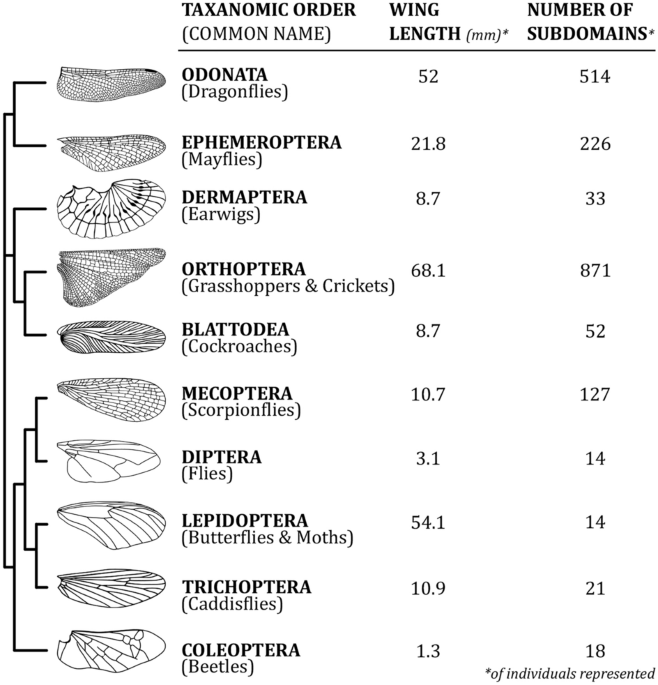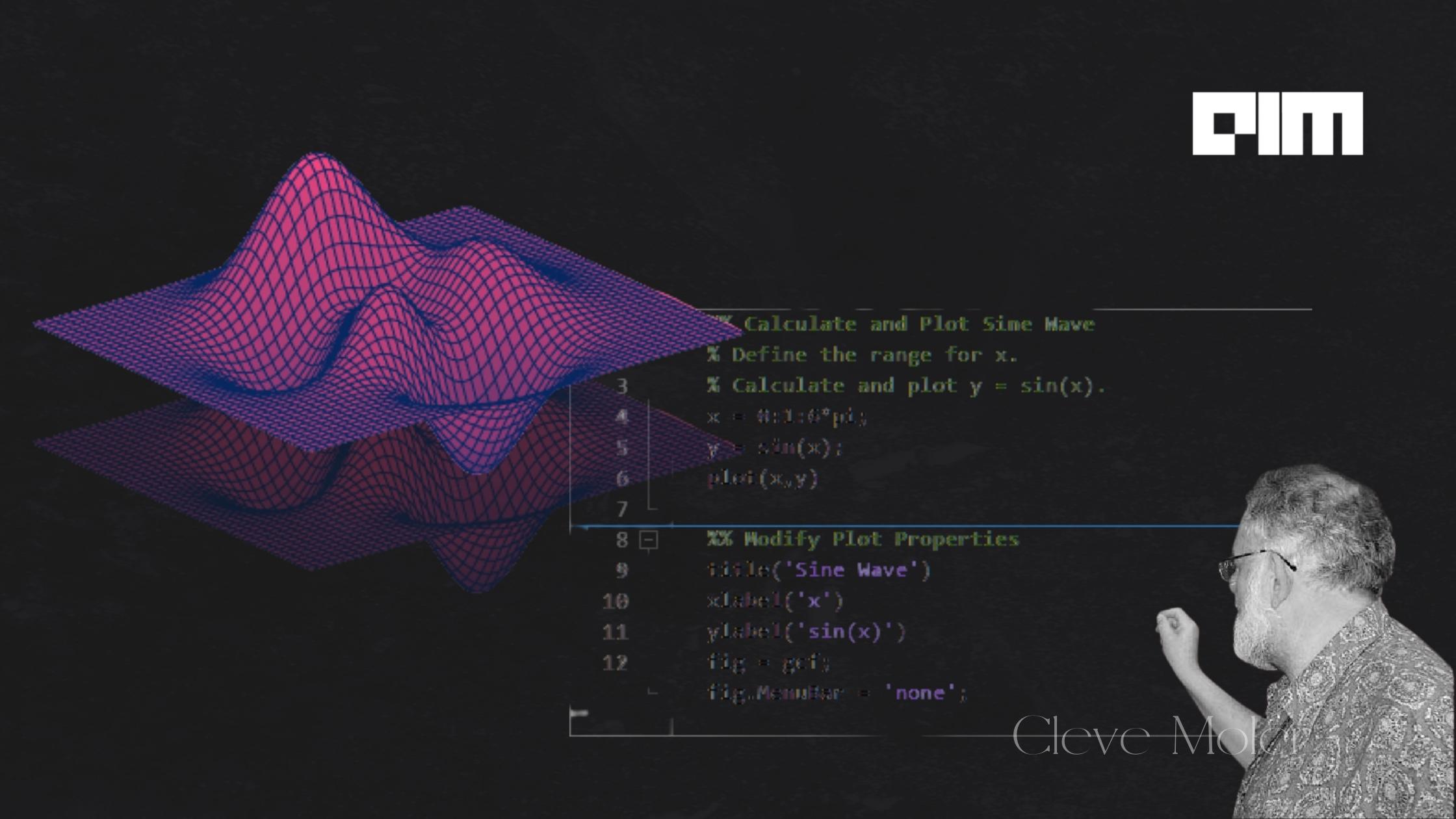Despite extensive research on the biomechanics of insect wings over the past years, direct mechanical measurements on sensitive wing specimens remain very challenging. This is especially true for examining delicate museum specimens. This has made the finite element method popular in studies of wing biomechanics. Considering the complexities of insect wings, developing a wing model is usually error-prone and time-consuming. Hence, numerical studies in this area have often accompanied oversimplified models. Here we address this challenge by developing a new tool for fast, precise modelling of insect wings. This application, called WingGram, uses computer vision to detect the boundaries of wings and wing cells from a 2D image. The app can be used to develop wing models that include complex venations, corrugations and camber. WingGram can extract geometric features of the wings, including dimensions of the wing domain and subdomains and the location of vein junctions. Allowing researchers to simply model wings with a variety of forms, shapes and sizes, our application can facilitate studies of insect wing morphology and biomechanics. Being an open-access resource, WingGram has a unique application to expand how scientists, educators, and industry professionals analyse insect wings and similar shell structures in other fields, such as aerospace. - READ MORE
By Nature.com
Wed, 17 Aug 2022 07:00:00 GMT








